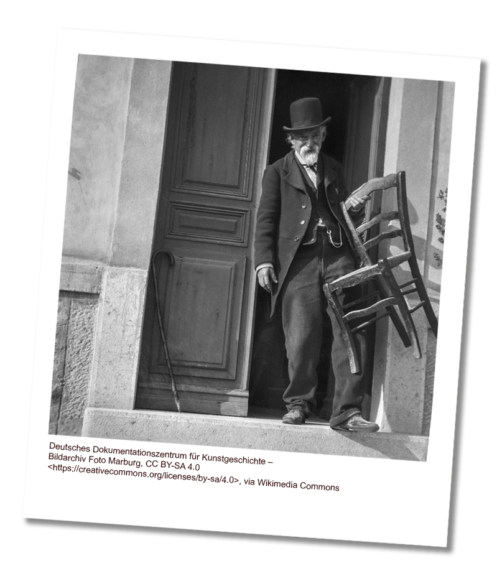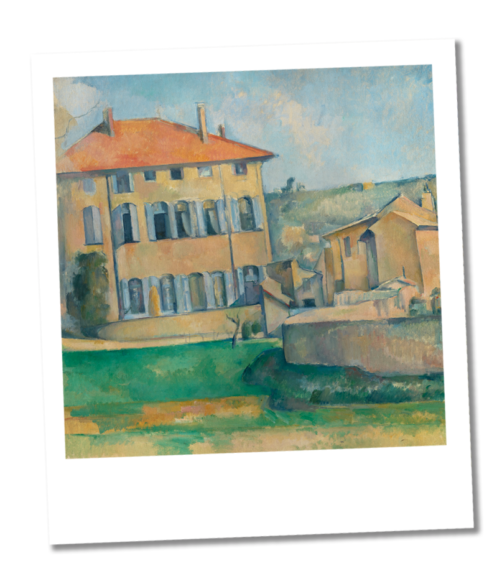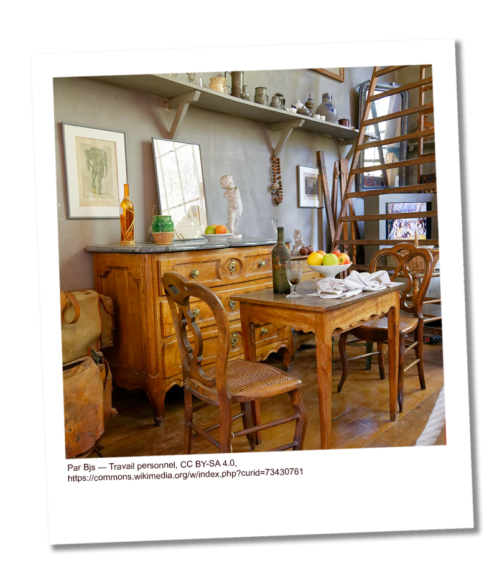
Paul Cezanne, born in Aix-en-Provence in 1839, is one of the most influential painters of the 19th century, often regarded as the father of modern art. The son of a wealthy banker, he initially studied law before committing fully to painting. He spent most of his life in Aix-en-Provence, where the landscapes of his native region provided an endless source of inspiration.
His friendship with Émile Zola, which began at the Collège Bourbon in Aix, played a crucial role in his early years. Although he attempted to settle in Paris to be closer to the artistic circles, Cézanne remained deeply attached to Aix-en-Provence. His long stays at his family home in Jas de Bouffan and later at the Lauves estate allowed him to develop his unique style.
Cezanne tirelessly painted the surroundings of Aix, especially Montagne Sainte-Victoire, which he depicted in over 80 works, exploring its shifting light and evolving form. His studies of nature and geometric approach revolutionized painting, influencing generations of artists after him.
Despite the late recognition of his genius, Cézanne remained a solitary figure, fully devoted to his art until his death in 1906. Today, Aix-en-Provence honors his legacy through various sites, exhibitions, and tourist trails that trace the master’s footsteps and reveal his deep connection to the Provençal land.

The Bastide of Jas de Bouffan, located in Aix-en-Provence, was the former family home of Paul Cezanne. Purchased by his father in 1859, this Provençal residence served as Cezanne’s main home for many years. In this peaceful and inspiring setting, the painter created numerous major works, experimenting with light and form. The vast gardens and the bastide itself appear in several of his paintings. Today, Jas de Bouffan is a site of artistic memory, open to the public, where visitors can explore Cezanne’s intimate surroundings and gain deeper insight into how this home influenced his work.

Cezanne’s Studio, located on the Lauves hill in Aix-en-Provence, is an iconic site where Paul Cezanne worked during the final years of his life, from 1902 to 1906. In this light-filled studio, he created some of his most famous works, including still lifes and portraits. The space, preserved just as it was, offers a fascinating glimpse into his creative process, with his tools, personal objects, and unfinished canvases still in place. Today, the studio is open to the public and is a must-visit for art enthusiasts, offering an intimate look into the master’s world and his lifelong pursuit of artistic perfection.

